Single Core Rubber Cable is an excellent material to use in a variety of medical equipment. It is heat and oil resistant, flexible, and durable. Its flexibility allows it to be used in a variety of settings, from medical equipment to laying inside the home. The following are just a few of the uses for Single Core Rubber Cable. Weighing in at only 10 ounces per foot, Single Core Rubber Cable is ideal for use in a variety of medical equipment.
Resistant to oil and abrasion
Resistant to oil and abrasive single core rubber cable has numerous benefits. This type of cable is flexible and tough enough to resist oil, grease, and chemical environments. It can also be used in environments with high temperatures and can be used to reduce energy consumption by electrical equipment. Oil-resistant cables are also fire retardant and flexible, making them a desirable choice for cable insulation. This type of cable is also excellent for conducting electricity.
Another common use for resisting oil and abrasion is as an ignition wire. Using fiberglass braid and a silicone jacket will increase the insulation's resistance and prevent it from moving in front of the abrading surface. This type of cable is disclosed in U.S. Pat. No. 4,704,596. For further information, contact a certified manufacturer. You can also find these cables in a wide variety of colors and materials.
Heat resistant
YG Fiberglass Braided Silicon Heating Wire is a high temperature, 200C silicone rubber cable that has a flexible braid textile covering. YG fiberglass braided silicone heating cable is widely used in power generation, chemical industry, mining, port, and other industries. Its properties also make it suitable for fixed power transmission lines. Its high temperature and abrasion resistance make it suitable for many different applications.
Typically, heat-resistant cables have a lower temperature range than their regular counterparts. They can be used in mountainous areas and in the Arctic. These cables are also ideal for use at winter sports events. In addition, they can withstand temperatures of -40degC. One example is OLFLEX(r) HEAT 180 SiHF, a power and control cable for mechanical engineering applications. Its high temperature range covers various chemicals.
Suitable for laying indoors
Single Core Rubber Cable normally has a black outer sheath with several conductors inside. The rubber provides a protective covering for an insulated electric cable, and has a high stretch ratio, extensive resilience, and waterproof capability. These properties are also shared by rubber cables. Single Core Rubber Cables can be laid indoors, outdoors, and under damp conditions. These cables meet all CENELEC specifications and can be used for electrical equipment requiring high levels of stress.
Single Core Rubber Cable has flexible copper conductors that are 0.75mm2 and 1mm2. It is available in two, three, and four core variants. This cable is suitable for laying indoors and outdoors, but it is not suitable for laying underground. Suitable for indoor and outdoor use, Single Core Rubber Cable is also oil resistant and has a low temperature range. This cable is a great choice for a variety of applications and environments.
Suitable for medical equipments
A medical device is categorized into two categories: class I and class II. Class I devices are generally low-risk and belong to the simplest types of medical devices. The class II category also pertains to devices that are temporarily installed in the body, for a period of 60 minutes to 30 days. Class IIa devices include blood transfusion tubes, catheters, and hearing aids. A device must meet certain requirements to be classified into this category.
The best material for medical devices is aluminum. This alloy is lightweight and flexible, and has a high strength-to-weight ratio. It has a low price and no need to invest in machining. Compared to stainless steel, aluminum is much less expensive. But if you're worried about its corrosion resistance, aluminum might not be a good option. Moreover, it doesn't require the high level of maintenance and upkeep that stainless steel requires.
Flexible
Flexible single core rubber cables are used to supply energy to audio visual equipment, portable electronic devices, and power panels. Flexible rubber cables meet international, European, and British standards. Eland Cables offers a range of rubber flexible cables that conform to BS6195, BS EN 50525-2-21, and VDE and CENELEC standards. In addition, they are available in a variety of lengths, strand counts, and conductor capacities.
A 300/500-volt flexible cable insulated with silicone rubber is an excellent choice for applications in low and high-temperature environments. Suitable for many applications, including nuclear industries, it is highly flexible and pliable. A leading manufacturer of flexible rubber cable, Bhuwal Insulation Cable Pvt. Ltd., is a leading supplier of rubber and single-core cable. Here's a brief look at these two types of cables.

 ENGLISH
ENGLISH 简体中文
简体中文 GERMAN
GERMAN SPAIN
SPAIN
 +86 181-5747-1135
+86 181-5747-1135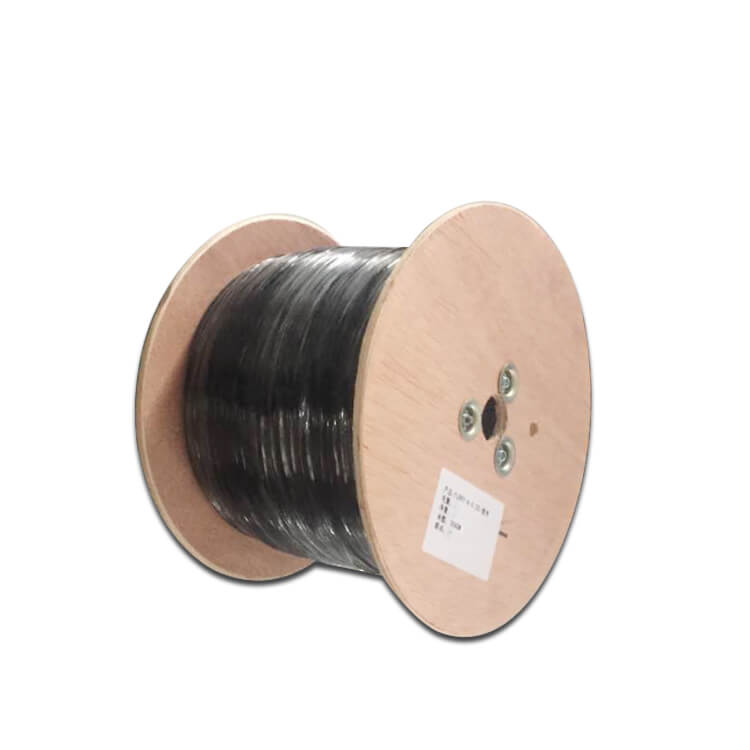
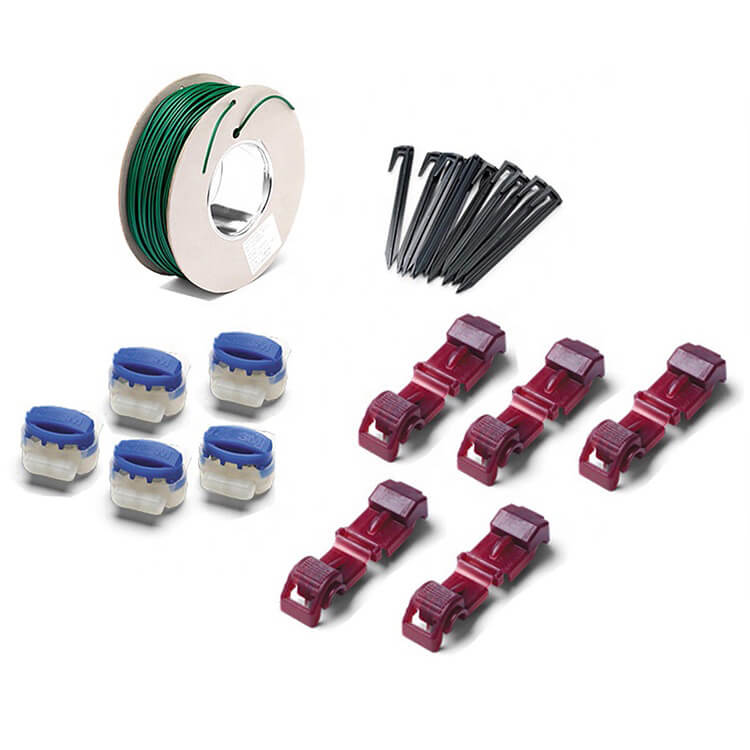
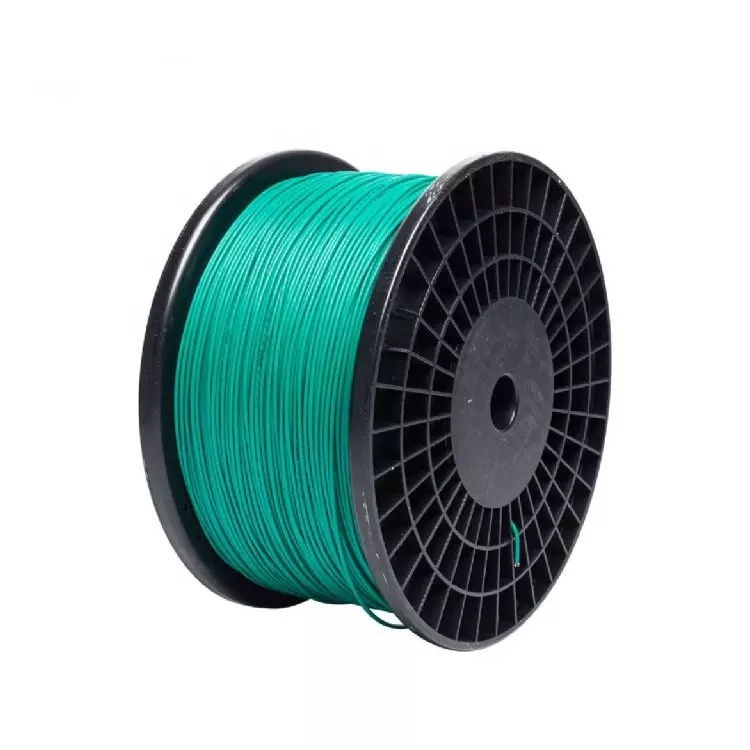
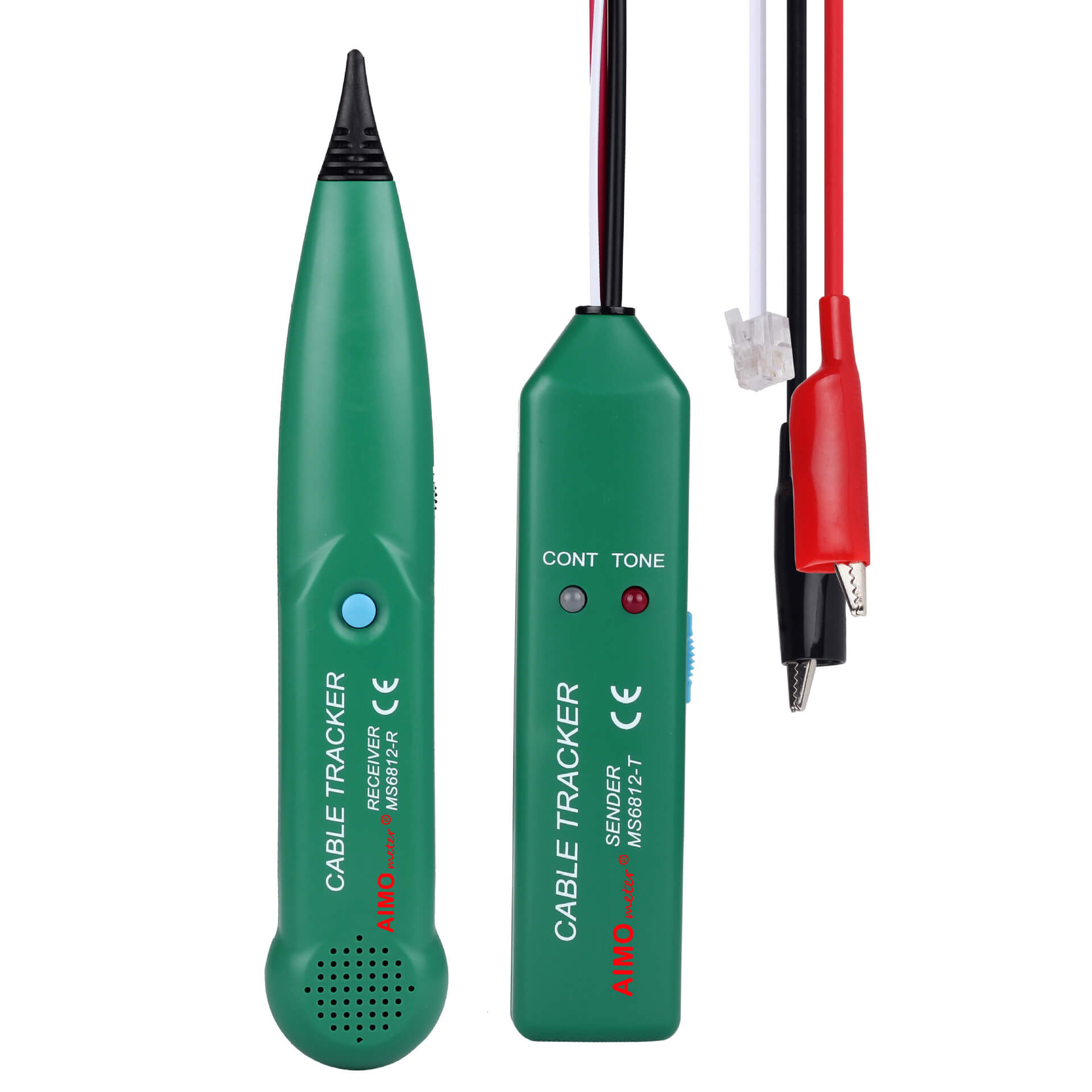


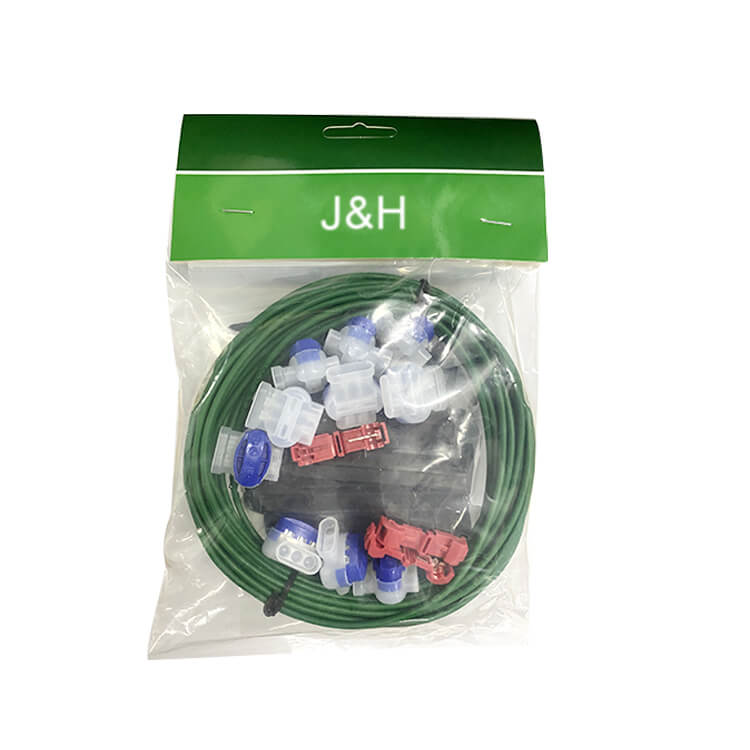
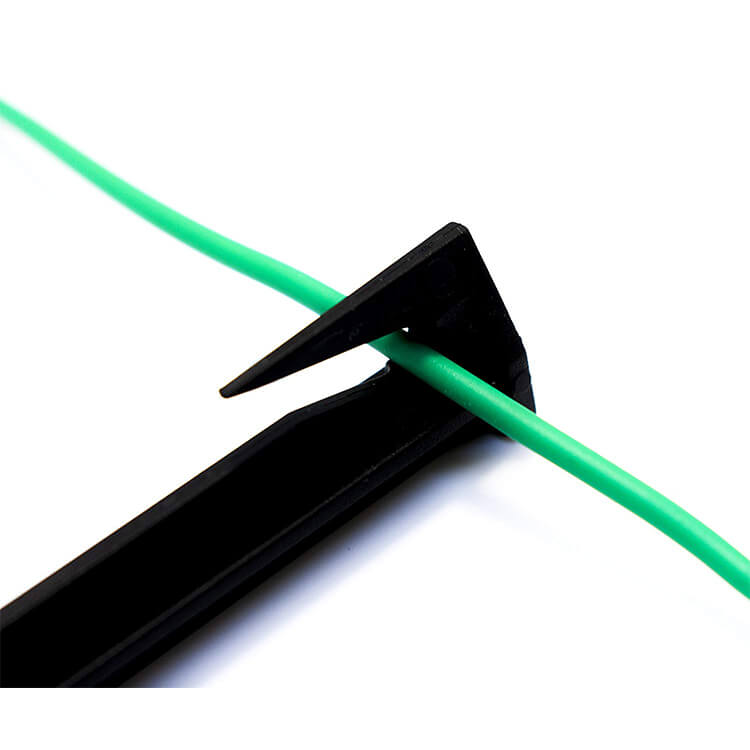
 Abroad:+86 181 5747 1135
Abroad:+86 181 5747 1135 FAX: +86 574 8900 7636
FAX: +86 574 8900 7636 E-mail:
E-mail: 

 read the map
read the map

